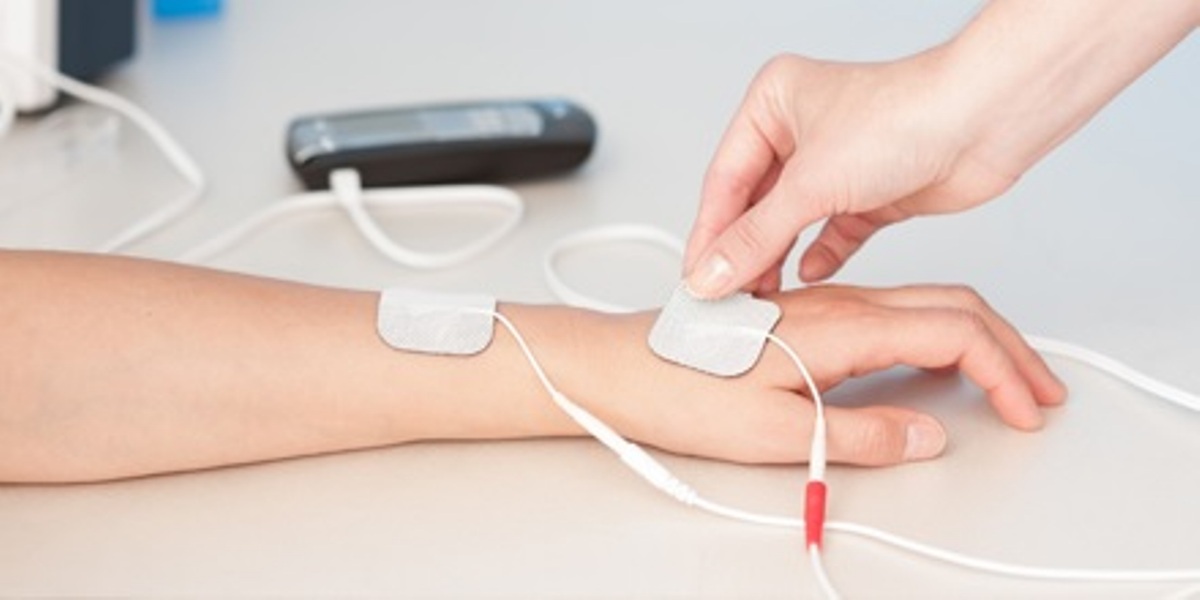
The global market for rheumatoid arthritis treatments is expected to grow at a CAGR of...
Learn More
Our consulting solutions address company specific challenges with respect to micro environment...
Learn More
Organizations frequently need day-today research guidancein order to gain strategic...
Learn More
Exploring different areas of market research and market analysis is a key factor...
Learn MoreAcute Market Reports presents the most extensive global business research services across industries. Our research studies focus on potential outcomes, benefits, and risks associated with each market segment across geographies. Having served our global clients for more than 10 years, our prime priority is to enable our clients in making well-informed business decisions through a data-driven, analytical, and uncomplicated research approach.
We provide access to the world's most comprehensive, analytical, and updated business intelligence services and solutions.




The acute kidney injury treatment market is expected to grow at a CAGR of 7.8% during the forecast period of 2025 to 2033, influenced by various drivers and segmented aspects. Three key drivers fuelling market growth include the increasing prevalence...
Read More
The medical device cleaning market is poised to grow at a CAGR of 11.5% during the forecast period of 2025 to 2033, driven by the increasing demand for cleaning non-critical devices, the growing importance of sterilization techniques, and technologic...
Read More
The neuromuscular electric stimulator market is expected to grow at a CAGR of 9.1% during the forecast period of 2025 to 2033. Neuromuscular electric stimulator market involves devices that deliver electrical impulses to nerves and muscles to provoke...
Read More




